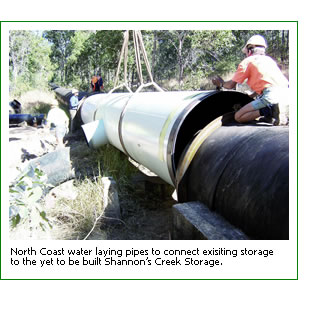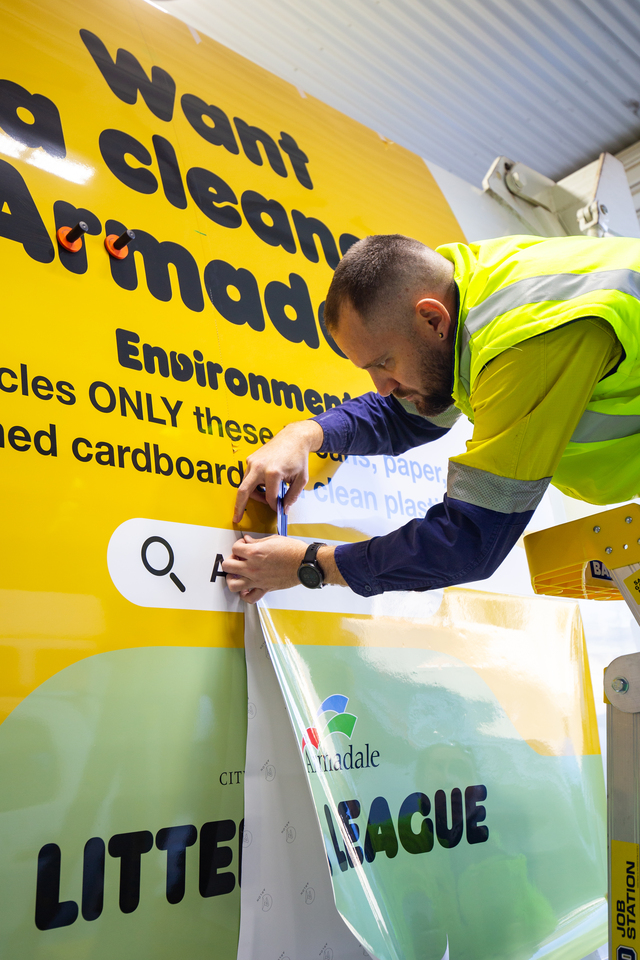North Coast Water, a business unit of Clarence Valley Council, is currently implementing a Regional Water Supply Strategy that will provide the Clarence Valley and Coffs Harbour with a reliable bulk water supply. The two Councils have a combined population of over 95,000 people, which is estimated to more than double in the next 50 years.
The major objectives of the scheme are to maintain water supply security for this unique region of New South Wales, and protect the health of current regional water supply sources, the Nymboida and Orara Rivers, through improved environmental flows.
“If we continue to use these rivers for water supply when they are under stress their health will deteriorate,” said North Coast Water Executive Manager, Ian Preston. The $155 million strategy has two elements – ‘build’ and ‘non build’.
The build element comprises a 30,000 megalitre Shannon Creek Storage and 87 kilometres of underground pipelines linking the Nymboida River to Shannon Creek Storage, the Rushforth Road Reservoir at South Grafton and Karangi Dam at Coffs Harbour.
Ian Preston said the scheme will allow water to be gravity fed from the Nymboida River into the yet to be completed Shannon Creek Storage, when river flows are good (in accordance with Department of Natural Resources licence conditions).
“When water flows in the rivers are low, extraction will cease, and stored water will be utilised from Shannon Creek Storage alleviating stress on the rivers,” he said. “The Clarence Valley is also prone to high rainfall. During those times, when river flows are often dirty, particularly following dry periods, we will be able to avoid extraction from the rivers and instead use clean stored water for supply to consumers”.
The non build element of the strategy includes community education, programs to conserve water, monitoring of alternative water sources and emerging technologies in the water industry.
Ian Preston said the regional storage was originally designed to be significantly larger, but has been reduced to encourage community water efficiency.
“Our vision is to extend the life of the storage through improved water efficiency and the introduction of alternative sources of water into the water cycle,” he said. “We have introduced water efficiency strategies that link in with Council’s sustainability framework. A range of water efficiency measures over the past two decades have been successful in achieving a steady decrease in the demand for water. For example, on a hot summer day 20 years ago, we were using 40 megalitres of water per day. In summer 2006, just 25-30 megalitres per day were used, with an increased population.
“Rebates for shower heads and dual flush toilets are proving popular with consumers. “Community education is the key. We need to be proactive and aware. North Coast Water is working with the New South Wales Department of Education to incorporate water saving in to the school curriculum in study areas including science, maths and geography.
“We are also liaising with retailers in the promotion of water efficient appliances such as front loader washing machines and making information easily available for customers.
“Installation of the regional bulk supply pipelines is almost complete and construction of Shannon Creek Storage is scheduled to begin in August this year. The entire strategy will be in place by 2009, securing the future water supplies for the Clarence Valley and Coffs Harbour.”








